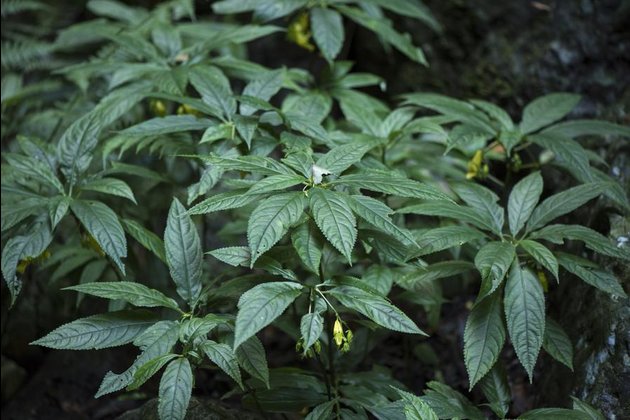2LT National News
Global scientists join hands to rebuild DNA tree of life for plants
May 8, 2024
BEIJING, May 8 (Xinhua) — Scientists have recently revealed a vast DNA tree of life for flowering plants, which represents a pioneering step for illuminating Darwin’s “Abominable Mystery.”
The study, jointly conducted by an international team of researchers from the Kew Gardens, British Royal Botanic Gardens, the Kunming Institute of Botany (KIB) of the Chinese Academy of Sciences and other institutions and universities, has been published in the journal Nature.
The flowering plant tree of life, much like the family tree of humans, can help demonstrate how different species are related to each other. The tree of life is revealed by comparing DNA sequences between different species to identify changes that accumulate over time, much like a molecular fossil record.
Researchers recently achieved a vast DNA tree of life by bringing open access DNA sequences of more than 9,500 flowering plants together, enabling them to answer key questions about modern plant life and delve into its origins.
One key advantage of this approach is its ability to sequence a wide range of plant material, both old and new, even in cases where the DNA is badly damaged. The vast treasure troves of dried plant material in the world’s herbarium collections, which include nearly 400 million scientific plant specimens, can now be studied genetically.
Using such specimens, the researchers sequenced a sandwort specimen (Arenaria globiflora) collected nearly 200 years ago in Nepal and, despite the poor quality of its DNA, were able to place it in the tree of life.
They even analyzed extinct plants, such as the Guadalupe Island olive (Hesperelaea palmeri), which has not been seen alive since 1875. In fact, 511 of the species sequenced are already facing the threat of extinction, according to the International Union for Conservation of Nature Red List, including three more like Hesperelaea that are already extinct.
Of the 9,506 species sequenced for this study, over 3,400 were derived from material sourced from 163 herbaria in 48 countries, with additional material from plant collections around the world such as DNA banks, seeds, and living collections.
Among the species sequenced, more than 800 had never had their DNA sequenced before. This sequencing was essential to fill in important knowledge gaps and shed new light on the evolutionary history of flowering plants. The researchers also benefited from publicly available data for more than 1,900 species, highlighting the value of the open science approach to future genomic research.
Flowering plants originated over 140 million years ago, after which they rapidly overtook other vascular plants. Darwin was puzzled by the seemingly sudden appearance of such diversity in the fossil record and wrote: “The rapid development, as far as we can judge, of all the higher plants within recent geological times, is an abominable mystery.”
Using 200 fossils, the researchers traced their tree of life back in time to show how flowering plants evolved over geological time. They found that early flowering plants did indeed explode in diversity, as Darwin noted. The rapid development of these plants gave rise, shortly after their origin, to over 80 percent of the major lineages that exist today.
However, this trend then declined to a more stable rate for the next 100 million years, until another surge in diversification occurred about 40 million years ago, coinciding with a global drop in temperature.
These new findings would have fascinated Darwin and will surely help today’s scientists as they grapple with the challenges of understanding how and why species diversify.
The flowering plant tree of life has enormous potential for biodiversity research. This is because, just as one can predict the properties of an element based on its position in the periodic table, the location of a species in the tree of life allows researchers to predict its properties. The new data will therefore be invaluable in advancing many areas of science and beyond.
To make this possible, the tree and all its underlying data have been made openly and freely available to both the public and the scientific community, including through the Kew Tree of Life Explorer. The researchers believe that such open access is key to democratizing access to scientific data around the world.
Open access will also help scientists fully harness the potential of the data. For instance, they can combine it with AI to predict which plant species may contain molecules with medicinal potential. Similarly, the tree of life can be used to better understand and predict how pests and diseases will affect plants in the future. Ultimately, the researchers note, the applications of this data will be driven by the ingenuity of the scientists who access it.



